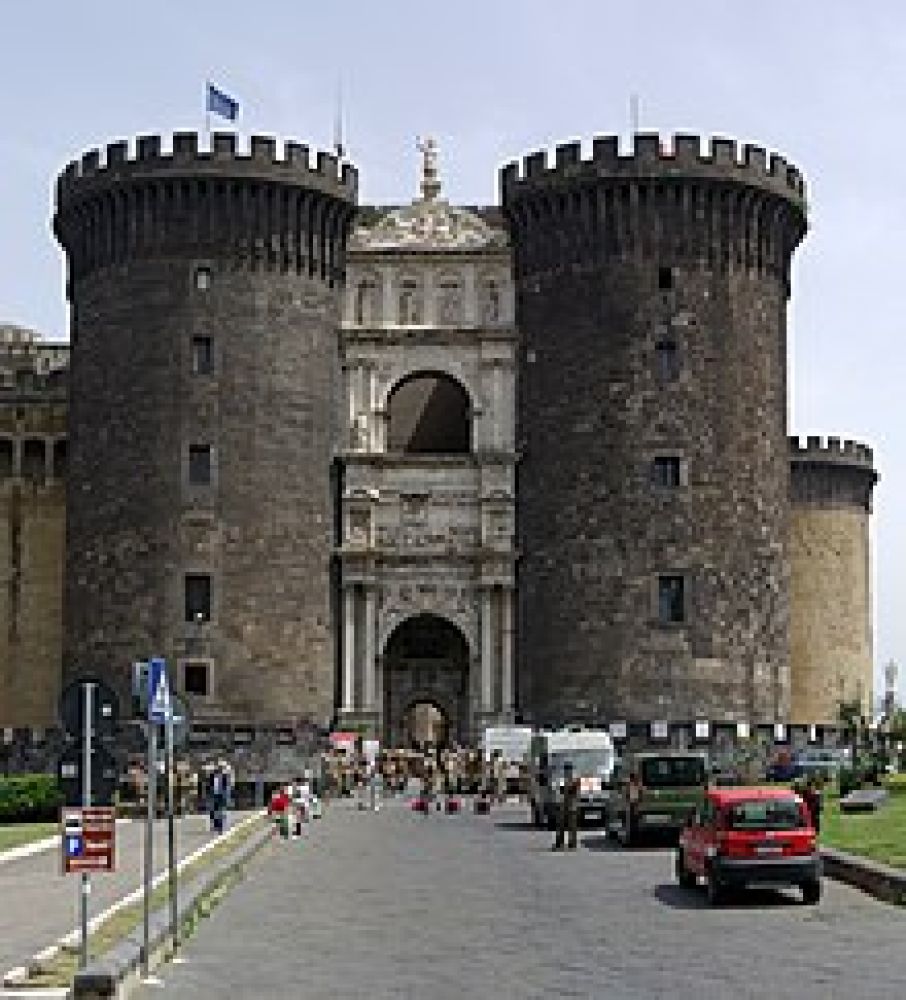

Castel Nuovo, often known as Maschio Angioino, is one of the iconic landmarks of Naples. The castle's history is intertwined with the city's famed past, and with the tourism history of Naples itself. Constructed in 1279 by Charles I of Anjou, it has since become a symbol of the city's rich heritage and cultural prominence.
Since its construction, Castel Nuovo has played various roles: royal palace, fortress, and even a temporary residence for popes. However, it was not until the late 19th and early 20th centuries, when Italy saw the integration of its different states and an increase in international travel, that Castel Nuovo became a focus for tourists seeking a glimpse into Napoli's storied past.
The rise of the "Grand Tour" — a tradition wherein mostly upper-class European men, and later women, traveled across Europe to major cultural sites — marked the inception of Castel Nuovo as a must-visit destination. Its architecture, artifacts, and art, including frescoes by Giotto, drew cultured travelers and scholars from around the world.
In the post-World War II era, the advent of commercial air travel opened up Naples and its historical treasures, including Castel Nuovo, to a broader audience. The castle’s restoration projects, which aimed to repair damage from the war and preserve the site, further enhanced its appeal to visitors.
Today, Castel Nuovo is not just a glimpse into the medieval history but also a venue for various cultural events, exhibitions, and conferences, attracting a diverse group of visitors each year.
In recent years, there has been a significant shift toward experiential tourism. Visitors are looking beyond traditional sightseeing and seeking immersive experiences that connect them with the local culture, history, and people.
Castel Nuovo meets this trend head-on by offering guided tours that provide historical insights and anecdotes, making the castle’s complex past accessible to the modern traveler. The use of technology and multimedia installations brings its stories to life in a contemporary manner. Interactive tours, augmented reality experiences, and themed events around important dates in Neapolitan history are all part of the castle’s modern-day draw.
Sustainability is another trend impacting tourism world-wide, with Naples being no exception. Efforts to protect cultural heritage sites such as Castel Nuovo include regulating visitor numbers and developing infrastructure that minimizes environmental impact while maximizing the visitor experience.
Moreover, social media has influenced the travel industry immensely, and Castel Nuovo has become a picturesque backdrop for tourists sharing their Naples experience online, drawing more visitors to this majestic site.
With such innovations and attention to visitor experiences, Castel Nuovo continues to assert its place not just in the history books but also as a living part of Naples' cultural landscape, adapting to modern tourism trends while preserving its ancient legacy.
To witness the grandeur of Castel Nuovo and immerse yourself in Neapolitan history, plan your visit and walk the same halls as kings, conquerors, and artists. Every visit promises a unique blend of past and present, certain to leave you with lasting memories of Naples' iconic fortress.